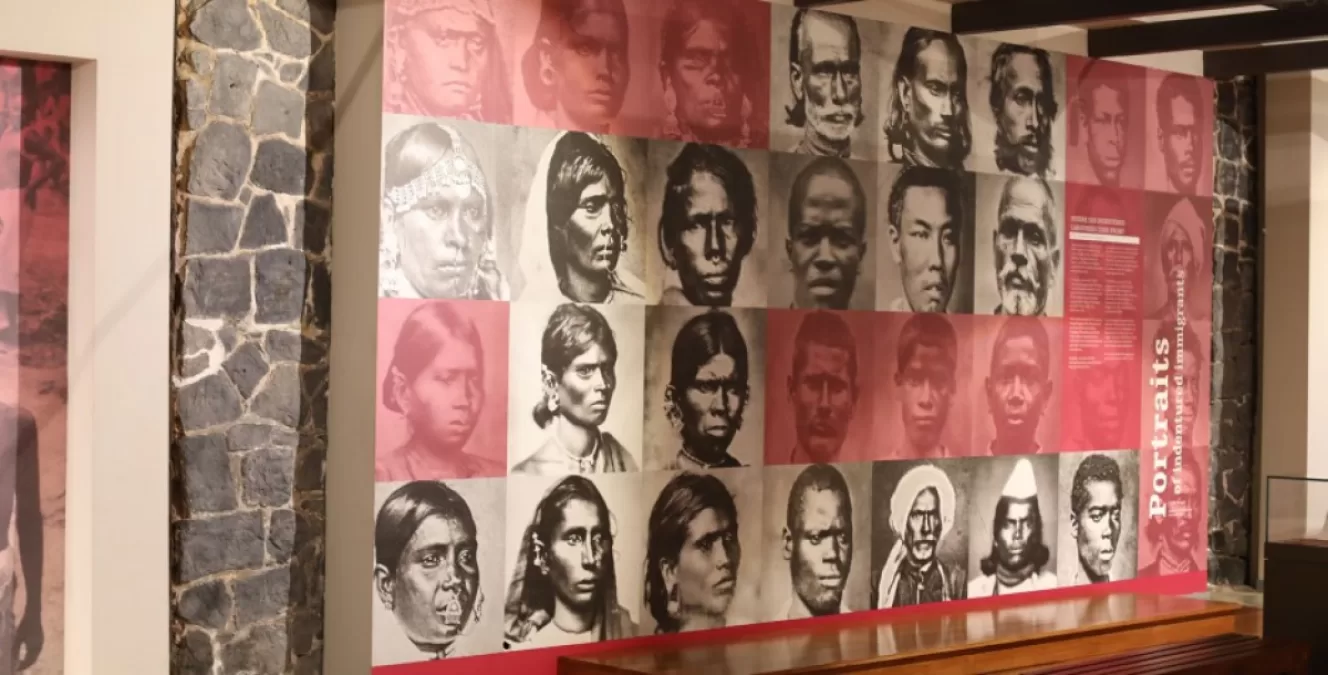The use of slaves on Mauritius was widespread. It began when the French took control of the island and established sugar cane plantations, which needed a large workforce of slaves.
By the time the British took control of the island in 1810, slaves accounted for around 80% of the island’s population with most from Madagascar and East Africa.
In February 1835, slavery was abolished in Mauritius. This instantly created a demand for replacement labour on the plantations.
The solution was to use indentured workers. Effectively indentured workers would work as slaves, but only for the term of their contract, after which they would be freed. This process started in Mauritius and was expanded to other parts of the British Empire.
Between 1834 and 1920, half-a-million indentured immigrants (labourers and their families) arrived on Mauritius, with 97% of the immigrants coming from India. The first labourers, called coolies, arrived from Calcutta (Kolkata) on November 2nd 1834.
A commission to look at the practice of indenture first took place in 1872, though it was 1924 before the practice was abolished.
In 1849 an immigration depot was built at Trou Fanfaron, Port Louis, where the coolies lived for two days before heading out to the sugar estates. It was listed as a national monument and renamed to Apravasi Ghat in 1989.
In 2006, the depot, seen as a symbol of human endurance, was included in Unesco’s list of world heritage sites.
The need to disclose ethnic identity was dropped from the census in 1982, so there are no official figures, but over 60% of Mauritians have ancestors from the Indian subcontinent.
This holiday on the anniversary of that first arrival in 1834 celebrates the rich cultural heritage of the Indian population and their contribution to Mauritian society.
